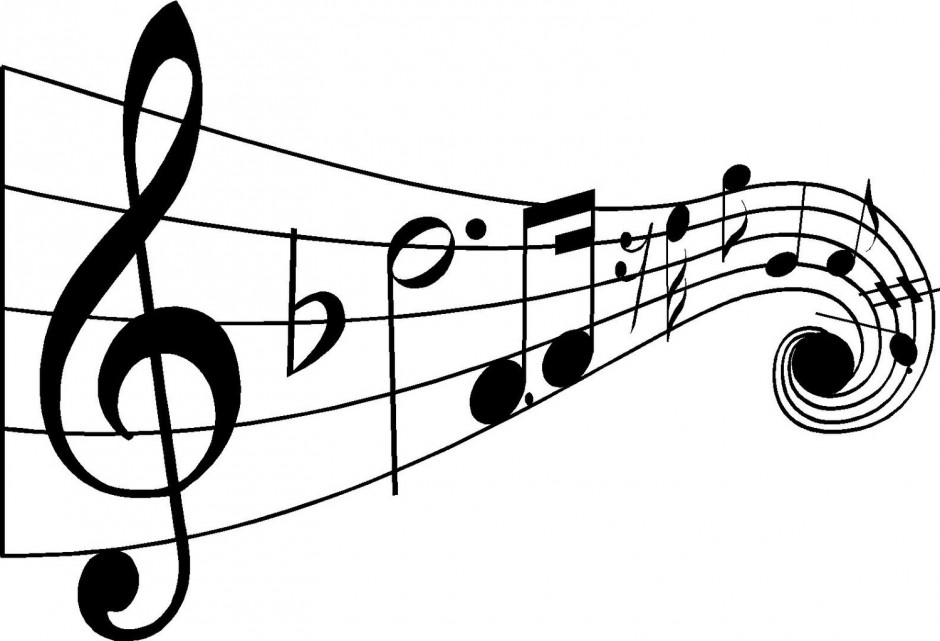Preschoolers Have Musical Creativity
/I was looking at old blog posts and came across this one. I felt like it was worth sharing again.
Make More Music Little Ones: Wouldn't the World Be A Better Place If...
: when one person started clapping others joined in and created something beautiful. I love that my job is to cultivate this kind of creativity...
We started off strong on our first day of music class at Journey Montessori Preschool today. We listened to Mary Wore Her Red Dress and talked about what we heard first. Then each child got to do some simple improvisation by switching Mary to their name and red dress to their favorite thing they were wearing today. We worked on steady beat at the same time by patting the beat while we sang. I always enjoy asking kids to improvise, or make up their own verses. Little kids are typically eager to improvise and very creative. When I try to get a room full of adults to do the same activity they are typically quiet and stare at me like I've asked them to do something really difficult. I hope the kids will keep their creativity as they grow up. One of the best thing parents can do to foster that creativity is to be creative with them. Make up silly songs. Change words to songs you like to make them your own.
Next it was time to move around a little. I sang Pop Goes the Weasel and we had to jump up on "pop." Once we got the hang of that we moved around the room to the beat of the song, then froze and threw our scarves up in the air on "pop."
Our last task of the day was to identify a few types of non-pitched percussion instruments and do a play along. When the kids heard the music begin they were aloud to come choose an instrument and play along. This is a great way to enjoy creative play with the kids while assessing their ability to play along to the beat of the music.
I am excited about the year ahead with this group of students!














